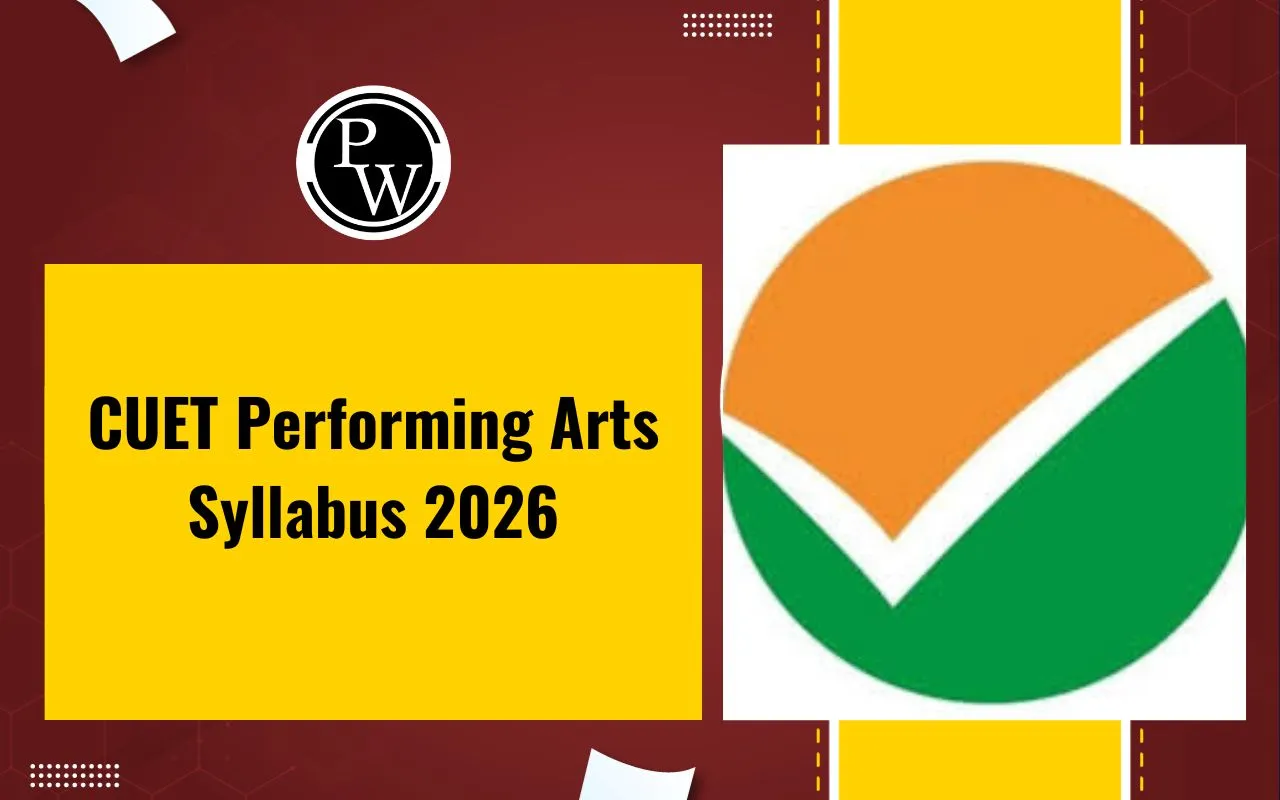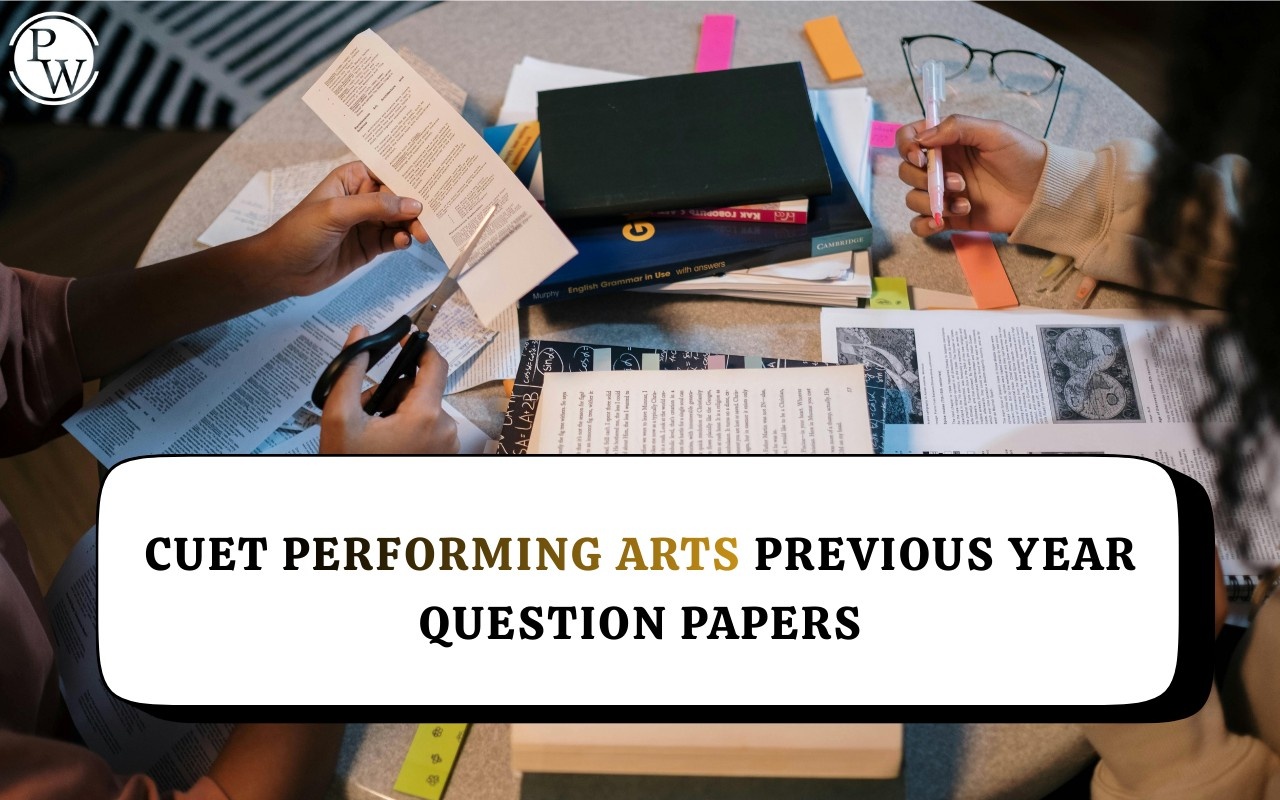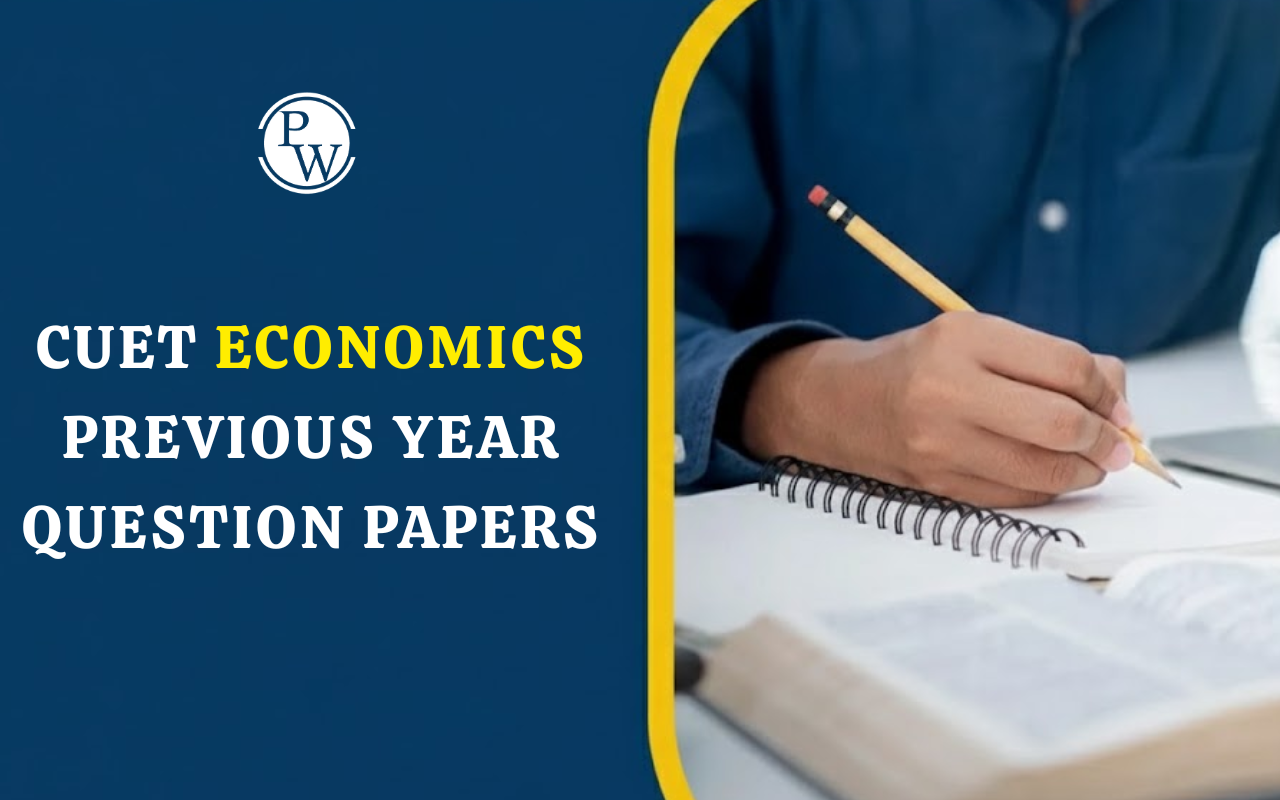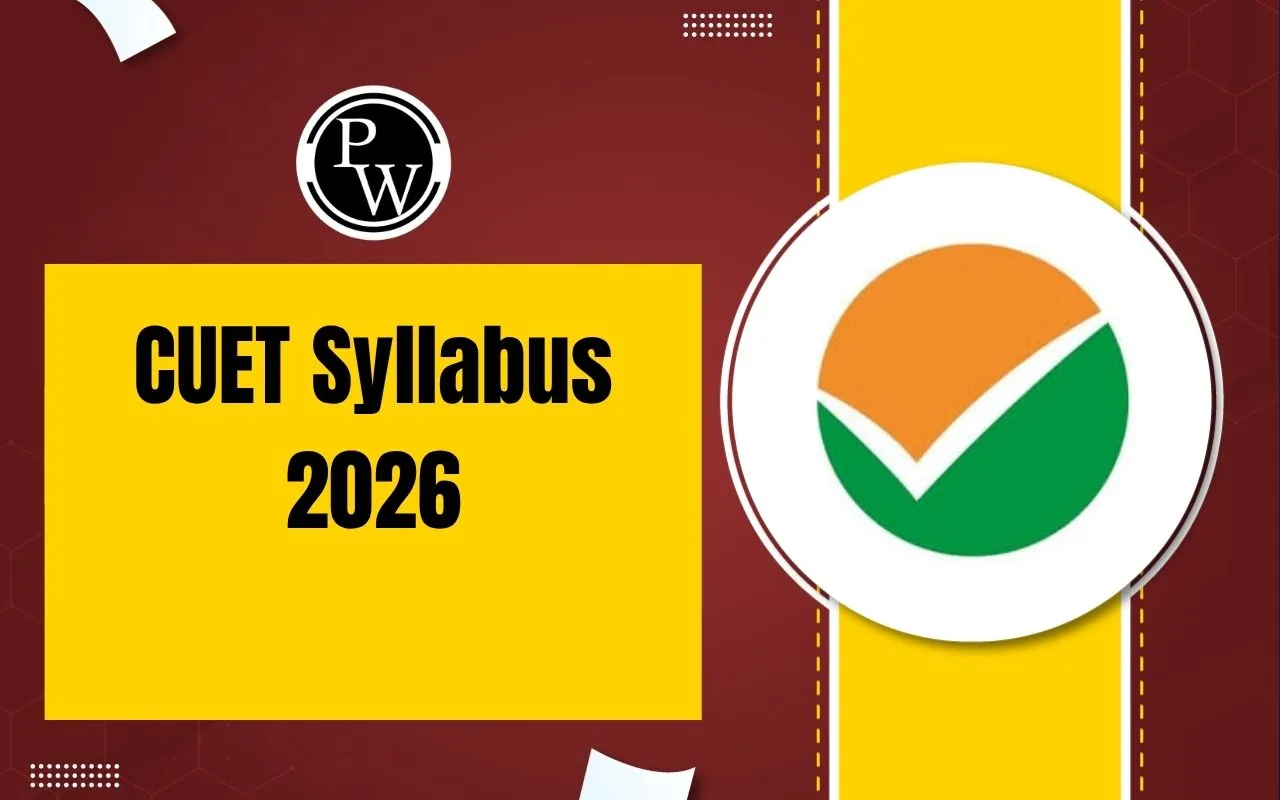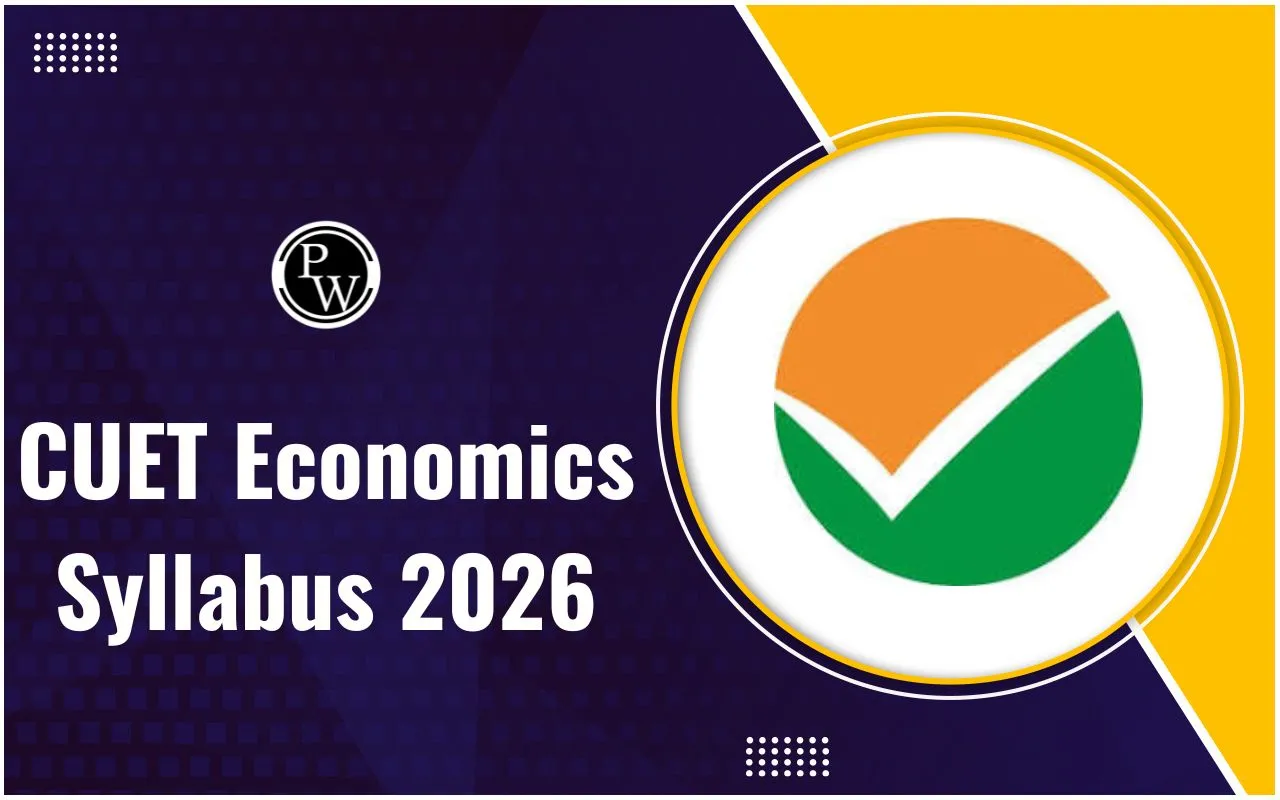
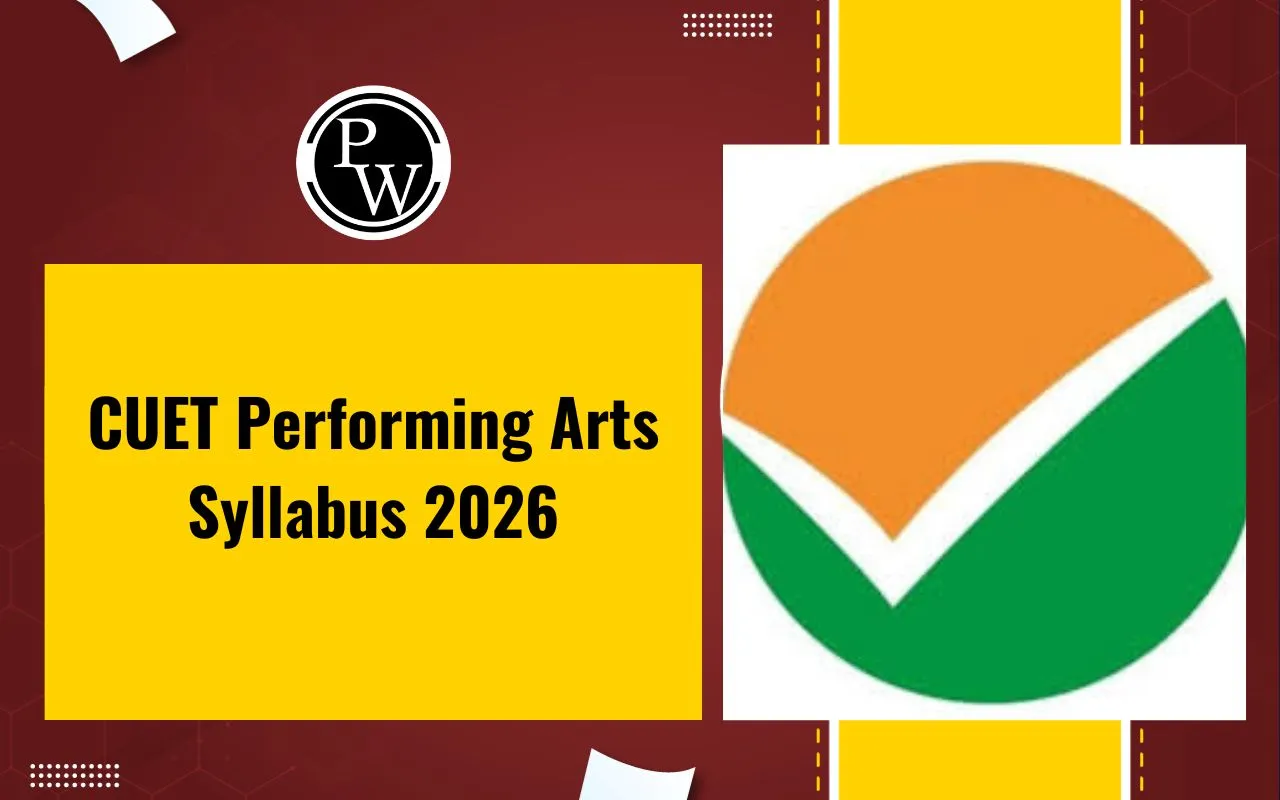
CUET Performing Arts Syllabus 2026 will be released soon in PDF format by the National Testing Agency (NTA) on its official website. Students planning to appear for the CUET UG 2026 should begin their preparation in 2025 to stay ahead and cover all topics. The syllabus will include detailed sections on Dance, Drama, and Music (Vocal, Instrumental Melodic, and Percussion), covering classical forms, famous artists, musical theory, instruments, theatre history, and production elements. Aspirants are advised to keep checking the official website regularly for the latest updates and start early preparation based on the previous year's syllabus structure.
Also Check : CUET Syllabus
Unit Wise CUET Performing Arts Syllabus (Dance, Drama, Music)
Here’s the detailed CUET Performing Arts for UG Unit Wise Syllabus 2026, covering all units and key topics:
CUET Performing Arts Syllabus Section A: (Vocal & Instrumental Melodic (Hindustani & Carnatic Music)
Here’s the unit-wise CUET Performing Arts Syllabus for section A : (Vocal & Instrumental Melodic (Hindustani & Carnatic Music)
Unit I – Basic Terms in Music : Learn the meaning of musical terms like Sangeet, Nad, Shruti, Swara (types of notes), Alankar (patterns), Raga, and Gamak (ornamentation).
Unit II – Musical Concepts : Understand concepts like Vadi (main note), Samvadi, Aroh/Avroh (ascending/descending scales), Thaat (parent scale), and types of Jati (note counts in a raga).
Unit III – Rhythm & Tala : Know about Laya (tempo), Layakari (variations), and important Talas like Teental, Dadra, Keharwa, and Adi Tala.
Unit IV – Musical Forms : Explore different singing and instrumental forms like Drupad, Khayal, Thumri, Tarana, and Kriti.
Unit V – Famous Musicians : Learn about key figures such as V.N. Bhatkhande, Tyagraja, Rabindranath Tagore, and Kazi Nazrul Islam.
Unit VI – Instruments & Categories : Instruments are grouped into:
-
String (Tata): Sitar, Veena, Sarangi
-
Percussion (Avanaddha): Tabla, Mridangam
-
Wind (Sushir): Flute, Shehnai
-
Metallic (Ghan): Cymbals, Ghungroos
Unit VII – Ragas : Study features of Ragas like Yaman/Kalyani, Bhairav/Mayamalavgaula, and others.
CUET Performing Arts Syllabus Section B: Dance
Here’s the unit-wise CUET Performing Arts Syllabus for section B : ( Dance)
Unit I – Indian Classical Dance Forms : Get a basic idea about 8 classical styles like Kathak, Bharatnatyam, Odissi, Kathakali, including:
-
History
-
Dance pieces (repertoire)
-
Music, costumes, and makeup
Unit II – Dancers : Learn about legendary dancers and teachers from the past and present.
Unit III – Dance Terms : Know about types of dance like Natya, Nritya, Nritta, and moods like Tandav (powerful) and Lasya (graceful).
Unit IV – Dance Texts & Folk Dances : Basic knowledge of ancient dance texts and India's major folk dances.
Unit V – Abhinaya & Rasa : Study expressions in dance and emotions like Nav Rasas (9 moods), Bhava (feelings), and Anubhava (expressions).
Unit VI – Institutions & Festivals : Overview of dance schools, gharanas, and major dance festivals in India.
Also Check : CUET Eligibility criteria
CUET Performing Arts Syllabus Section C: Percussion (Tabla, Pakhawaj, Mridangam)
Here’s the unit-wise CUET Performing Arts Syllabus for section C : Percussion (Tabla, Pakhawaj, Mridangam)
Unit I – Structure of Instruments : Understand how instruments like Tabla and Mridangam are built.
Unit II – Varnas : Basic playing patterns and strokes.
Unit III – Rhythm Terms : Terms like Tihai, Sam, Theka, Kayda, and Tukda are explained.
Unit IV – Notation Systems : Intro to Bhatkhande (Hindustani) and Carnatic notation methods.
Unit V – History & Gharanas : Short history and different styles (gharanas) of percussion music.
Unit VI – Popular Talas : Study different rhythms like Teental, Rupak, Dadra (Hindustani) and Triput, Adi (Carnatic).
Unit VII – Renowned Percussionists : Get to know greats like Zakir Hussain, Palani Subramanya Pillai, and others.
CUET Performing Arts Syllabus Section D: Drama / Theatre
Here’s the unit-wise CUET Performing Arts Syllabus for section D : Drama / Theatre
Unit I – Indian Classical Theatre : Intro to Sanskrit playwrights like Kalidasa and forms like Bhasa & Sudraka.
Unit II – Modern Indian Theatre : Famous playwrights: Tagore, Mohan Rakesh, Tendulkar, and more.
Unit III – Western Classical Drama : Greek playwrights: Sophocles, Euripides, and Shakespearean dramas.
Unit IV – Modern Western Theatre : Famous writers: Chekhov, Ibsen, Shaw, and dramatists like Brecht, Stanislavsky.
Unit V – Theatre Production : Covers types of stages (like Proscenium, Arena), and production elements like light, set, costume, and sound.
Unit VI – Theatre Organizations & Research : Intro to key institutions like NSD, Sangeet Natak Akademi, and how to work on research projects using various media and sources.
Also Check : CUET Exam Pattern
CUET UG Performing Arts 2026 Exam Pattern
To prepare effectively for the CUET Performing Arts paper, understanding the cuet exam structure is essential:
|
CUET UG Performing Arts 2026 Exam Pattern |
|
|
Parameter |
Details |
|
Mode of Exam |
Online (Computer-Based Test) |
|
Question Format |
Objective (MCQs – Multiple Choice) |
|
Total Questions |
50 (All are to be attempted) |
|
Total Marks |
250 |
|
Time Allotted |
60 minutes |
|
Scoring Pattern |
+5 marks for each correct answer |
|
–1 mark for each incorrect answer |
|
CUET Performing Arts Syllabus PDF
CUET Performing Arts Syllabus PDF 2026 will be released soon by the National Testing Agency (NTA) on its official website. Students who are planning to appear for the exam should not wait and start their preparation early by referring to the CUET 2025 syllabus PDF.The previous year’s syllabus includes detailed topics from Dance, Drama, and Music (Vocal, Instrumental, and Percussion) and is a reliable guide to understand the exam pattern, key concepts, and unit-wise structure.
CUET Performing Arts Syllabus PDF
Preparation Tips for CUET Performing Arts
Break the syllabus into manageable parts—Vocal, Dance, Drama, Instruments—and focus on one section at a time.
-
Topics like Raga types, Taal system, Natyashastra, and classical dances involve many terms and theories—keep short notes for revision.
-
Watching real performances or listening to classical compositions helps in remembering forms, styles, and artist contributions better.
-
Make timelines and summary charts of famous musicians, dancers, and dramatists. These often appear in MCQ-based questions.
-
Use diagrams for instruments, theatre layouts, and dance mudras. These make concepts clearer and are useful for quick revision.
-
Practice MCQs from previous years or sample papers to improve speed, accuracy, and confidence.
Physics Wallah provides CUET UG Online Coaching with live classes, study materials, and practice tests. The courses are designed to make learning simple and effective, helping you prepare for your CUET UG exams with ease.
|
CUET UG Exam Important Links |
|
CUET Performing Arts Syllabus 2026 FAQs
When will the CUET Performing Arts Syllabus 2026 be released?
Can I start preparing before the 2026 syllabus is released?
What subjects are included under Performing Arts in CUET?
What is the exam pattern for CUET Performing Arts UG?

